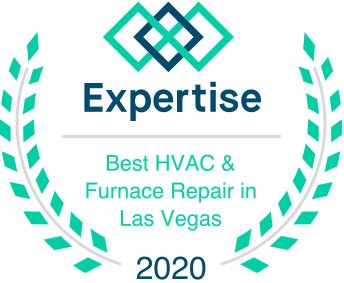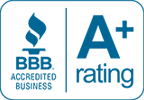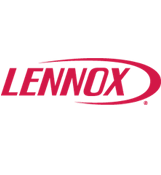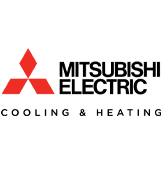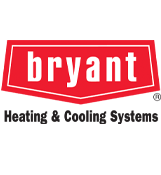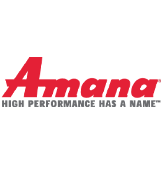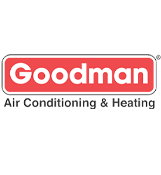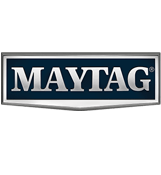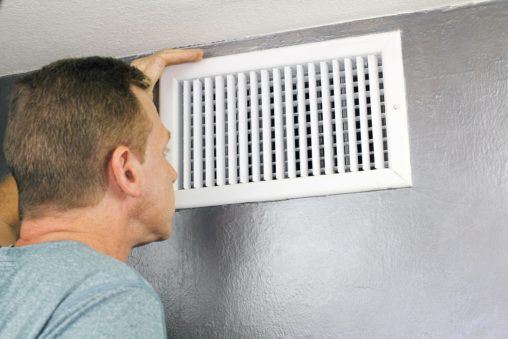
You can expect to replace the gas-fired furnace in your Las Vegas, NV home every 15 to 20 years. If you own an electric furnace instead, your heater might last up to three decades or longer. Proper sizing and installation, routine maintenance, and timely repairs all play parts in determining how long residential heating systems last. Staying on top of these things won’t just extend your furnace’s lifespan, it will also minimize the frequency and severity of problems along the way.
Schedule Annual Furnace Maintenance
Among the easiest ways to extend the lifespan of any heating equipment is scheduling annual maintenance with a licensed HVAC company. These visits are an opportunity for HVAC technicians to spot and correct minor problems. By tightening loose connections, replacing worn parts, and addressing developing leaks, they can prevent these issues from spiraling out of control.
During these visits, we also:
- Inspect and calibrate thermostats
- Test all safety features and failsafe measures
- Inspect and repair venting systems
- Check for and address HVAC air duct leaks
Annual furnace tune-ups greatly improve the efficiency of these appliances. They also provide multiple indoor air quality (IAQ) benefits, lower the costs of using heating equipment, and extend furnace lifespans.
Annual Furnace Maintenance Will Keep You Compliant With Your Furnace Warranty
Most furnaces have limited parts warranties that last five to 10 years. If you have a gas-fired furnace, its heat exchanger could be warranted for up to 20 years. Thus, no matter how old your furnace is, scheduling professional maintenance at least once annually could be essential for preserving your manufacturer’s warranty.
All warranties are mutually binding contracts. Manufacturers agree to pay for assembly-related problems or problems caused by defective parts. Homeowners agree to properly maintain their equipment.
Set a Schedule for Regular Furnace Filter Changes
Another quick and easy way to maximize your furnace’s lifespan is by keeping its filter clean. Standard furnace filters should be inspected monthly and replaced every one to three months. Upgraded HVAC air filters have more surface area for collecting and holding debris. Thus, some of these units only need replacing every six to nine months. However, you should never default from the generally recommended filter change schedule of every 30 to 90 days before consulting with a licensed HVAC company.
Important Factors to Consider When Setting Your Filter Change Schedule
You can certainly change your furnace filter more often than every one to three months, and you might need to. If you have multiple indoor pets, lots of carpet fibers or textile fibers floating in your indoor air, frequent foot traffic, or other IAQ concerns, your furnace filter could become overwhelmed within just a matter of weeks.
When inspecting these components, homeowners are advised to hold them up to their overhead lights. Air can still move through a furnace filter if light can pass through it. Otherwise, there’s too much built-up debris to permit the movement of either.
Why Furnace Filter Changes Are Important
Dirty, clogged, or improperly sized or installed filters lie at the heart of many common heater issues. All of the air that enters your furnace passes through this component. Furnace manufacturers install filters to block large-sized debris from entering and coating sensitive, interior components. When built-up filter debris breaks off, it can clog your furnace’s intake valve, accumulate on the thermalcouple, or affect burner efficiency. Excessively dirty filters are also fire hazards in fuel-combusting appliances.
Running your furnace with a dirty filter installed forces it to work harder. Furnaces with dirty filters use more energy, run longer heating cycles, and cost more to use. They also wear down faster and break down more often.
Indoor Air Quality Issues and Their Impact on Your Furnace’s Lifespan
Dirty indoor air can take a toll on your furnace, even if you’re careful about keeping a clean filter in. Standard furnace filters don’t capture all airborne contaminants. The micro-fine particulates that pass through filters build-up on furnaces’ interior parts. This is one reason why scheduling annual maintenance is key to optimizing your furnace’s lifespan. When inspecting furnaces, our technicians thoroughly clean them both inside and out.
If you have excessively dirty indoor air, incoming air will have an increasingly hard time moving through your HVAC system. The development of in-duct build-ups and accumulated debris at your air vents or grilles will obstruct airflow too.
Indoor Humidity Also Matters
High or low levels of humidity can also negatively impact your furnace. When your indoor moisture is too high, the risk of mold and mildew development is also high. Given that airborne moisture weighs down common particulate matter like dust, dirt, hair, and dander, having too little moisture can result in furnace filters that are quickly overwhelmed.
Using Integrated HVAC Accessories to Improve Your IAQ
To properly mitigate ongoing IAQ concerns, you should start by looking for their underlying causes. For instance, dry indoor air could be the result of insufficient ventilation. Overly moist indoor air might be caused by a slab leak or a slow or hidden leak behind your drywall or at the back of an appliance. Eliminating the source of moisture problems will help your HVAC system better regulate humidity. However, heaters, heat pumps, and ACs aren’t designed to add additional humidity when it’s needed.
Integrated HVAC accessories solve a targeted range of IAQ problems. For instance, air scrubbers, air purifiers, and some media filters capture viruses, bacteria, and other germs, volatile organic compounds (VOCs), micro-fine contaminants, and a range of gaseous toxins. Whole-house humidifiers and dehumidifiers add or subtract moisture from the air to keep indoor humidity in check.
The right HVAC accessories will improve your IAQ and protect resident health. They’ll also limit both stress and progressive wear on your heating equipment.
Spotting and Addressing Repair Issues
Letting furnace problems fester unchecked could cause your heater to fail prematurely. This makes it best to schedule furnace repairs as soon as you suspect problems. Common symptoms to look for include:
- Foul and pervasive smells
- Odd noises during furnace operation
- Loud scuttling or scratching sounds in HVAC ducting
- Short cycling or frequent overheating
If you wait until your furnace won’t turn on to give developing issues attention, you’ll likely wind up paying far more to resolve them in the long run.
Caring for Your HVAC Air Ducts
Even an impeccably well-maintained furnace won’t last long if it’s connected to ragged and poorly maintained ducting. The HVAC air ducts in your home should last between 10 and 15 years. Some HVAC air ducts might last as long as 20 years. You should have these features inspected annually and professionally cleaned every two to five years. If there are sections with visible perforations, rips, tears, or sagging areas, these sections may need replacing.
Accommodating Building Modifications
Although HVAC technicians might have carefully sized and installed your heating equipment, their work doesn’t account for any major building modifications made after installation. When renovating or remodeling your home, have HVAC air balancing services performed and schedule an HVAC performance test. This way, our technicians can make the necessary adjustments to your heating and cooling equipment to ensure optimum efficiency, limited stress, and maximum longevity.
Since 1998, we’ve been proudly serving homeowners throughout Las Vegas, NV and the surrounding cities. You can count on us for exceptional IAQ, heating, and cooling services. We also provide commercial HVAC services, new construction, and emergency HVAC repairs. To find out about our preventative maintenance plans or schedule an appointment, get in touch with Polar Air & Heating, Inc. now.


